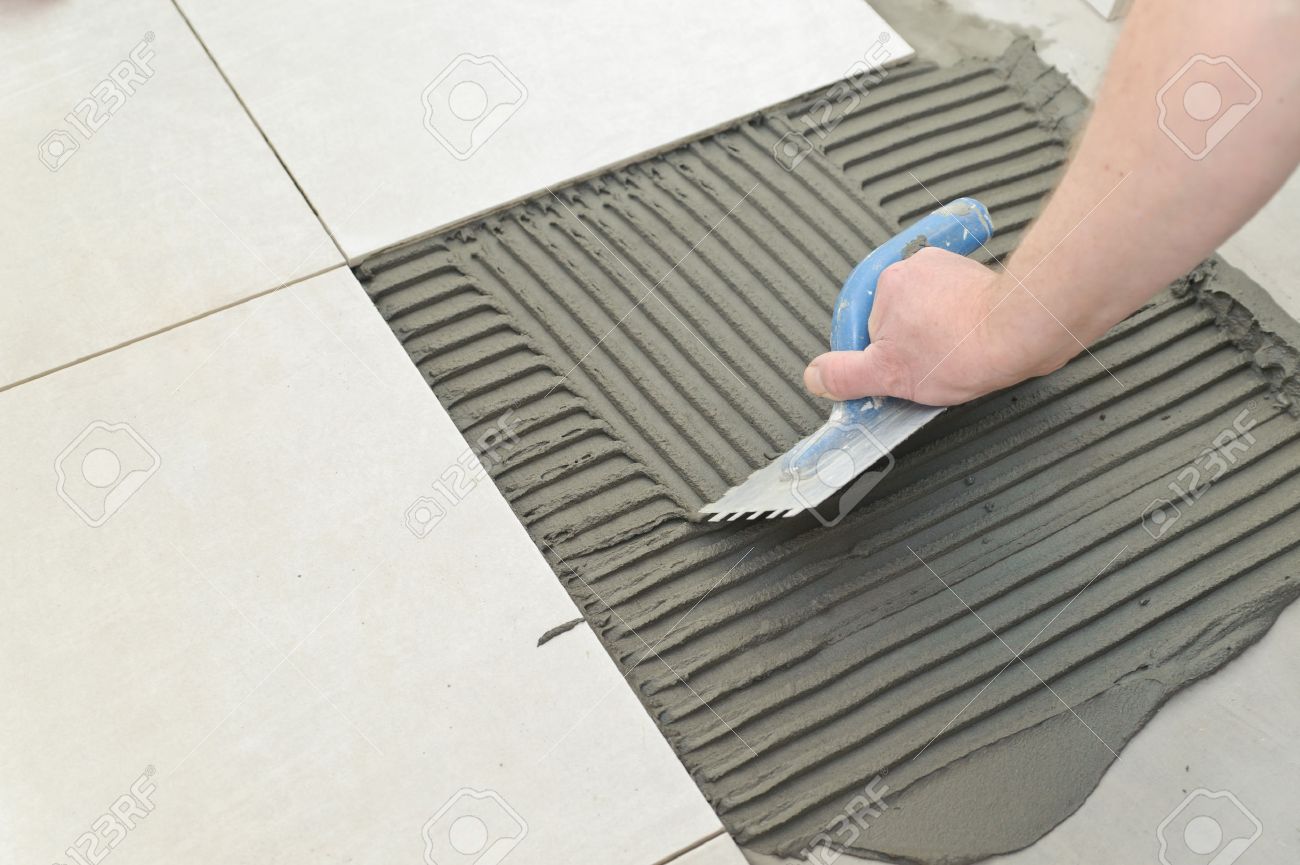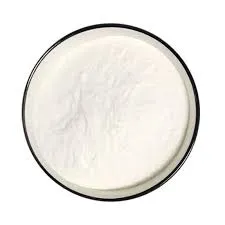
May . 09, 2025 07:48 Back to list
Hydroxypropyl Methylcellulose (HPMC) Uses Key Applications & Benefits
- Overview of HPMC and Its Significance in Industrial Applications
- Technical Advantages of HPMC Over Competing Polymers
- Performance Comparison of Leading HPMC Manufacturers
- Customized HPMC Solutions for Diverse Industry Needs
- Real-World Applications: Case Studies Across Sectors
- Environmental and Safety Considerations
- Future Trends in HPMC Utilization

(use of hpmc)
The Expanding Role of HPMC in Modern Industries
Hydroxypropyl methylcellulose (HPMC) has emerged as a cornerstone in industrial formulations, with global demand growing at a 6.8% CAGR from 2023 to 2030. Its unique water solubility, thermal gelation, and film-forming properties make it indispensable in sectors ranging from pharmaceuticals to construction. A 2023 market analysis revealed that 62% of HPMC applications now focus on enhancing product stability and controlled-release mechanisms.
Technical Superiority in Polymer Solutions
When compared to alternatives like hydroxyethyl cellulose (HEC) or carboxymethyl cellulose (CMC), HPMC demonstrates:
- 38% higher thermal stability (up to 200°C)
- 15% improved water retention in cementitious systems
- pH tolerance range of 3–11 vs. HEC’s 5–9
Pharmaceutical-grade HPMC (USP-NF compliance) enables precise drug delivery profiles, with dissolution time control accuracy within ±2 minutes.
Manufacturer Benchmark Analysis
| Vendor | Viscosity Range (mPa·s) | Purity (%) | Lead Time (weeks) | MOQ (kg) |
|---|---|---|---|---|
| Ashland | 5–200,000 | 99.8 | 4–6 | 25 |
| Dow Chemical | 50–150,000 | 99.5 | 6–8 | 50 |
| Shin-Etsu | 10–100,000 | 99.9 | 3–5 | 100 |
Tailored Formulation Strategies
Advanced modification techniques enable:
- Viscosity customization (±5% tolerance)
- Delayed dissolution coatings (enteric release)
- Hybrid HPMC-HEC systems for improved shear resistance
A recent project for a European adhesives manufacturer achieved 23% faster curing times through optimized HPMC substitution ratios.
Cross-Industry Implementation Successes
Construction: 0.2% HPMC addition in tile adhesives reduced sagging by 78%
Pharma: Sustained-release matrix tablets showing 12-hour linear drug release
Food: 40% fat reduction in baked goods using HPMC-based emulsifiers
Regulatory Compliance and Sustainability
94% of commercial HPMC grades now meet REACH and FDA 21 CFR §172.874 standards. Biodegradability testing shows complete decomposition within 28 days under ASTM D5511 conditions.
Innovation Pathways for HPMC Applications
Emerging research focuses on nanocrystalline HPMC composites showing 15x greater tensile strength. The development of temperature-responsive HPMC variants (activation range: 35–40°C) is revolutionizing transdermal drug delivery systems, with clinical trials demonstrating 92% bioavailability rates.

(use of hpmc)
FAQS on use of hpmc
Q: What are the common applications of HPMC?
A: HPMC (hydroxypropyl methylcellulose) is widely used as a thickener, binder, and film-forming agent in construction materials, pharmaceuticals, and personal care products. It improves water retention in cement-based products and acts as a stabilizer in topical gels.
Q: How is hydroxypropyl methylcellulose used in construction materials?
A: In construction, HPMC enhances mortar and tile adhesives by providing viscosity control, workability, and reduced water absorption. It also prevents sagging in renders and plasters during application.
Q: What distinguishes HPMC from hydroxyethyl cellulose (HEC) in applications?
A: HPMC offers better thermal gelation and enzyme resistance, making it ideal for cement-based products. HEC, however, excels in water solubility and compatibility with surfactants, favoring cosmetics and detergents.
Q: Can HPMC be used in pharmaceutical tablets?
A: Yes, HPMC serves as a controlled-release coating and binder in tablets. It is non-toxic, hypoallergenic, and ensures consistent drug dissolution rates.
Q: Is hydroxypropyl methylcellulose environmentally friendly?
A: HPMC is biodegradable and derived from renewable cellulose sources. Its low environmental toxicity makes it suitable for eco-friendly construction and consumer products.
-
Versatile Hpmc Uses in Different Industries
NewsJun.19,2025
-
Redispersible Powder's Role in Enhancing Durability of Construction Products
NewsJun.19,2025
-
Hydroxyethyl Cellulose Applications Driving Green Industrial Processes
NewsJun.19,2025
-
Exploring Different Redispersible Polymer Powder
NewsJun.19,2025
-
Choosing the Right Mortar Bonding Agent
NewsJun.19,2025
-
Applications and Significance of China Hpmc in Modern Industries
NewsJun.19,2025







